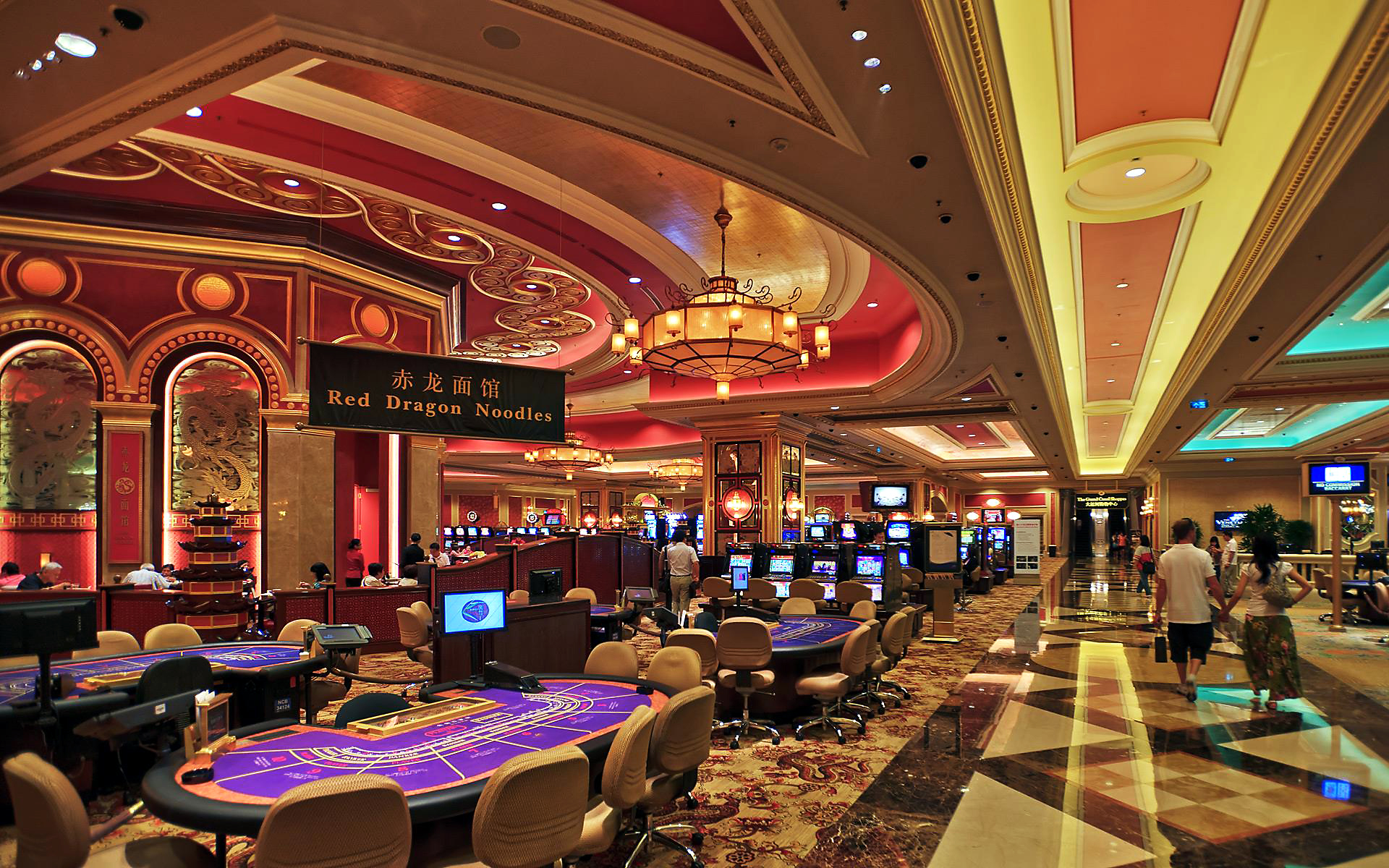Beneath the glittering lights plus the alluring sounds of rotating reels lies a vibrant realm in which creativity meets numbers: the creation of games of chance. While players converge to casinos seeking excitement and the chance of winning big, a huge amount of effort takes form behind the scenes to create the games for their enjoyment. From the initial concept to the final product that players engage with, many elements come together to ensure a captivating play experience.
Designers, technicians, and game developers collaborate to combine innovative technology with enthralling gameplay features. Every aspect, from graphics plus sound effects to odds plus returns, is meticulously crafted to attract players plus keep them entertained. Understanding the intricate process of the way casino games are made reveals not only the technical expertise involved but also the creative vision that transforms these engaging experiences to life.
Game Development Process
The game process begins with idea generation and conceptualization, where creators generate ideas for innovative casino games. This initial phase often includes identifying target audiences and analyzing market trends. Designers take into account factors such as game mechanics, themes, and payout structures to develop an immersive experience. Collaboration between game designers, mathematicians, and artists is essential to guarantee a balanced concept.
Once a concept is chosen, the next stage involves creating prototypes and testing. Designers build a working version of the game to evaluate its playability and mechanics. This allows for adjustments and refinements based on feedback from testers. Reiteration is key, as designers may navigate multiple rounds of testing to fine-tune gameplay balance and user experience. This phase is crucial for spotting any possible issues before the game is finalized.

After testing, the game moves into development and production. This comprises the technical aspects of coding the game software, integrating graphics, and making sure compliance with gaming regulations. Quality assurance testing ensures that the game functions flawlessly across various platforms and devices. Once everything is polished, the game is prepared for launch, usually accompanied by promotional tactics to attract players and generate buzz around the latest casino game.
Technology and Development
The evolution of gambling games has transformed significantly with advancements in tech. Contemporary game design often incorporates premium graphics, immersive sound effects, and engaging animations that deliver a thrilling experience for gamers. Game developers use complex software tools and programming languages to develop these interactive gaming experiences. Additionally, the use of RNGs ensures equity and unpredictability in outcomes, which is crucial for maintaining player trust and compliance with gaming regulations.
In the past few years, the surge of online casinos has pushed the limits of game development even further. Developers are now able to design games that appeal to a worldwide audience, integrating features such as live dealer options and VR environments. This transition has encouraged new ideas, leading to unique game mechanics and formats that enhance player engagement. Mobile gaming has also become a significant focus, encouraging developers to tailor games for mobile phones and tablets, ensuring accessibility and ease of access for players on the go.
Collaboration among designers, visual artists, and mathematicians is essential in the creation process. Each team contributes their expertise to ensure games are not only visually appealing but also statistically accurate and enjoyable. The integration of player feedback during testing phases allows developers to refine game features and functionalities, ultimately leading to a favorable launch. As technology continues to advance, the potential for innovative game concepts and experiences is endless, promising an exciting future for casino games.
Assessing and Quality Control
Once a gambling game has been designed, it enters the essential phase of evaluation and quality control. This phase ensures that the game operates perfectly and provides a fair experience for users. Teams conduct thorough tests, including functionality checks to verify that all game features work as intended. Each aspect, from visuals to sound effects, is evaluated to ensure high standards are met.
In addition to functionality testing, the game undergoes rigorous compliance checks to meet regulatory requirements. Different jurisdictions have specific regulations governing game fairness and player protection. Quality assurance teams will verify that the random number generators are operating correctly and that the game’s payout percentages match with industry standards. This detailed examination helps build trust with gamblers and oversight bodies alike.
Finally, user testing may be conducted with genuine players to obtain insights on user experience. This critical insight allows developers to make necessary adjustments before the public launch. Tackling any potential issues identified during this phase helps ensure that gamblers will have a seamless, captivating experience when the game goes live. https://shbet.cruises/ The commitment to excellence reflects the sector’s dedication to delivering entertaining and reliable casino games.
